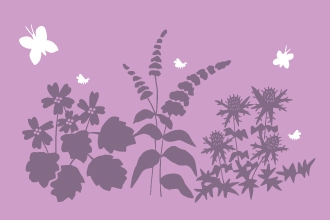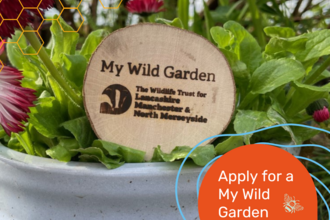It is always a pleasure to see these tall and magnificent plants with their pink flower spikes, rising out of the geraniums in the garden.
And it is also great to hear the bees when they wander into those tubular flowers and let out surprisingly contented hums and buzzes.
Foxgloves are not just common in your garden they are also seen in woodlands and along our local river bank.
While bumblebees, honey bees and moths love these flowers for their nectar they hold deadly secrets. Ingestion of any parts of the plant can result in nausea, headaches and diarrhoea, or even heart and kidney problems.
The lower leaves of the foxglove are around in early spring and they will hang around during the first year of its life. It will flower in its second year and then die, but its seeds will mean new plants appear in its place and in other surprising places.
The foxglove is named because of its flowers which would fit a fox’s paws perfectly, although I have never seen a fox wearing them.
So this wonderful, wild addition to my garden is adding something special, not just for me but for all our local insects.
If you want to know more about attracting butterflies, bees, moths and birds into your garden, go to the Wild About Gardens website, which is a joint venture of the Wildlife Trusts and the Royal Horticultural Society. It has loads of ideas and tips on how to make your garden more wildlife friendly.
And if you see a fox wearing gloves please get a picture for us.



